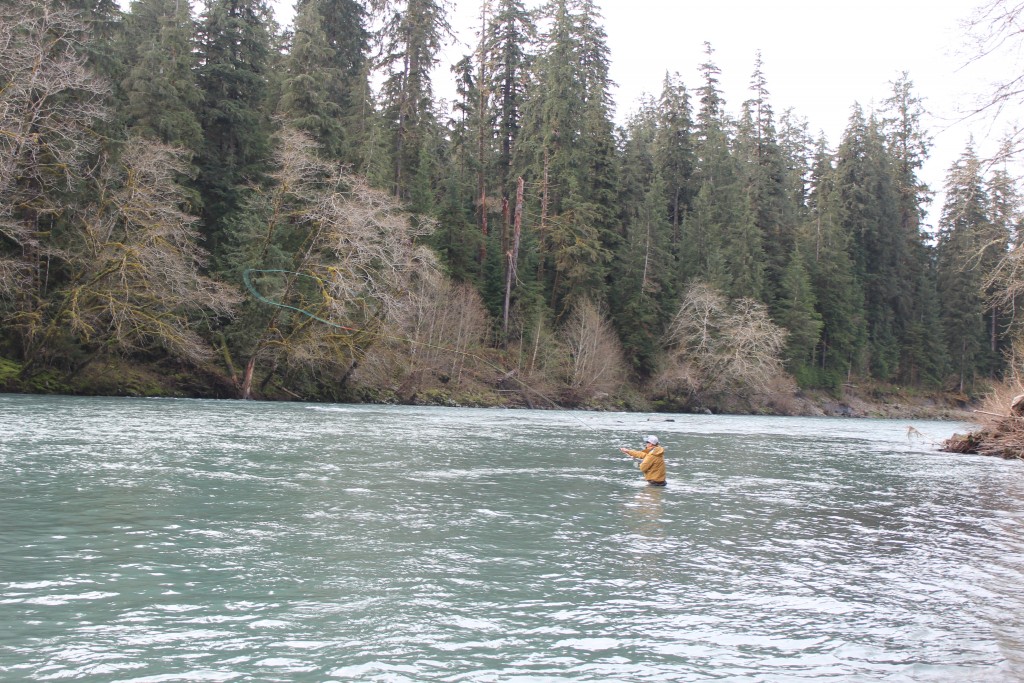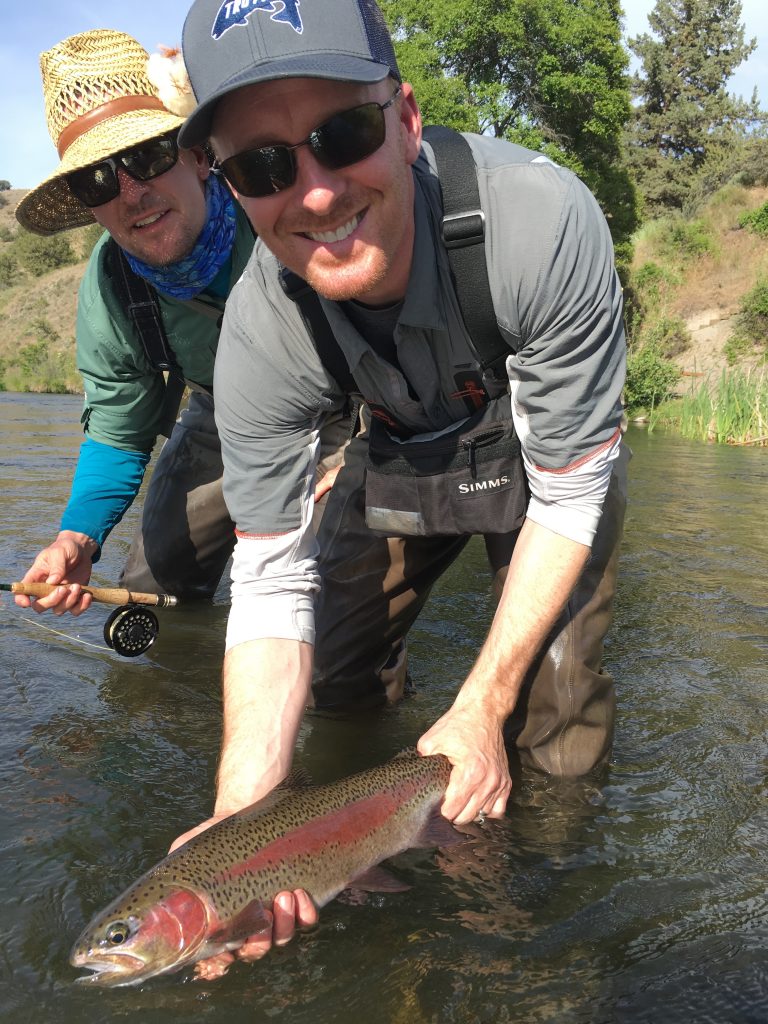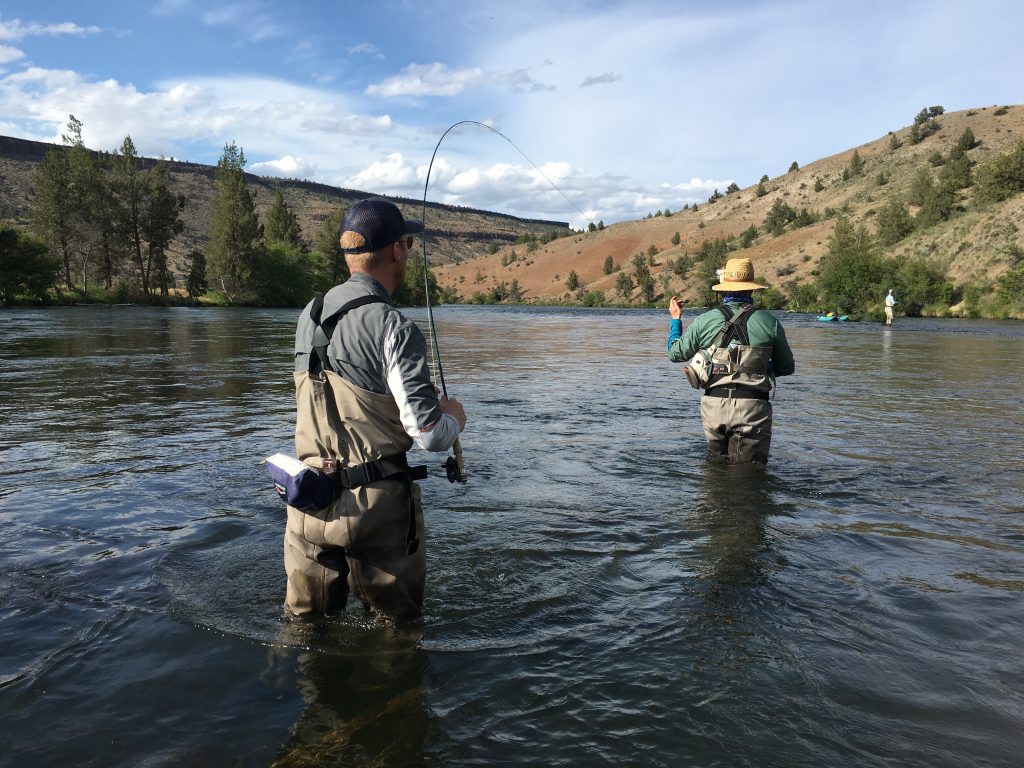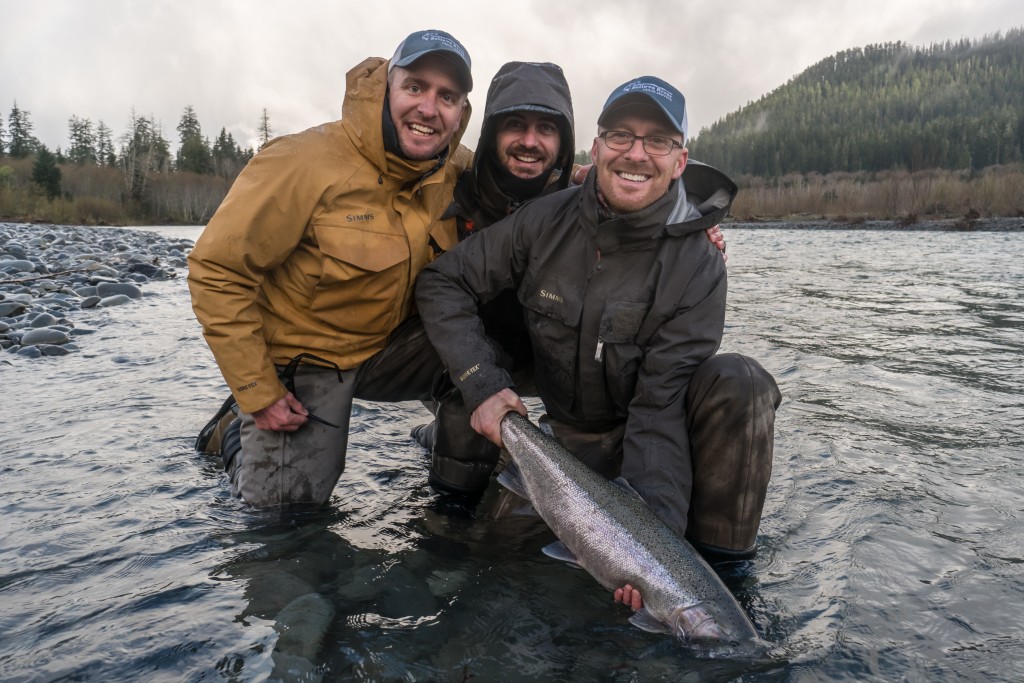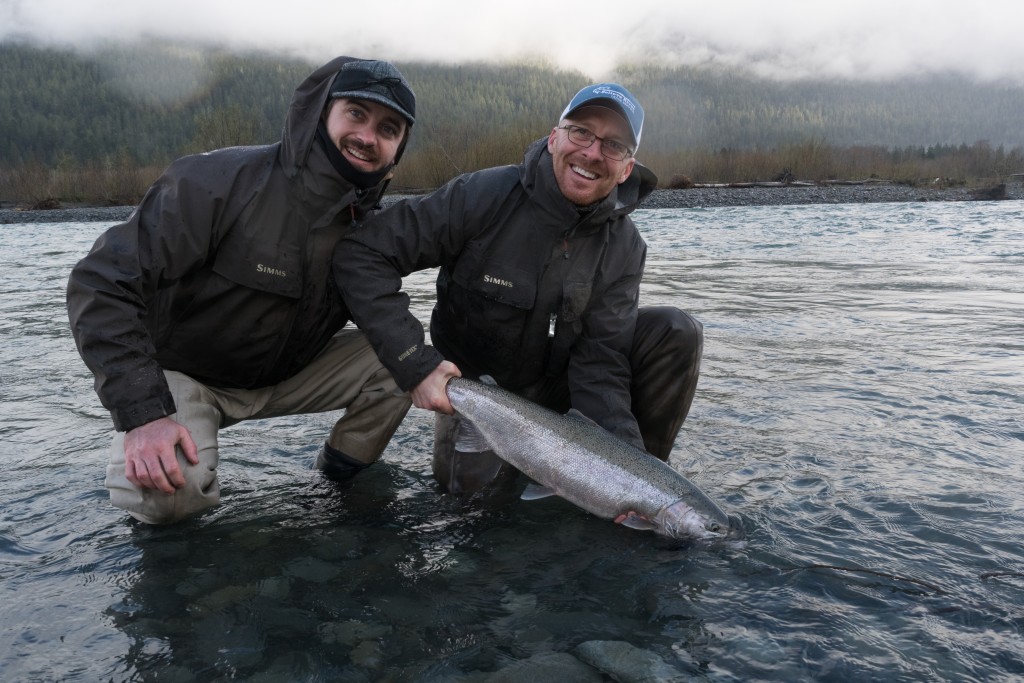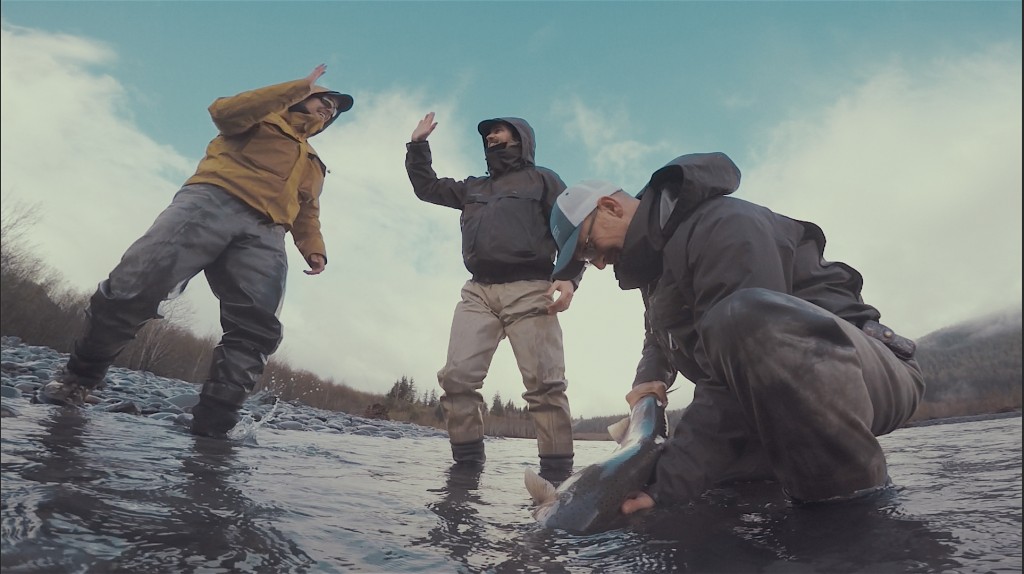There are often many thoughts that enter our mind standing knee deep in a beautiful cascading run. Tumbling through the fly box to find the perfect colors and size to present can be a bit of a guessing game. At times a certain fly stands out from the rest and ends up attached to your line.
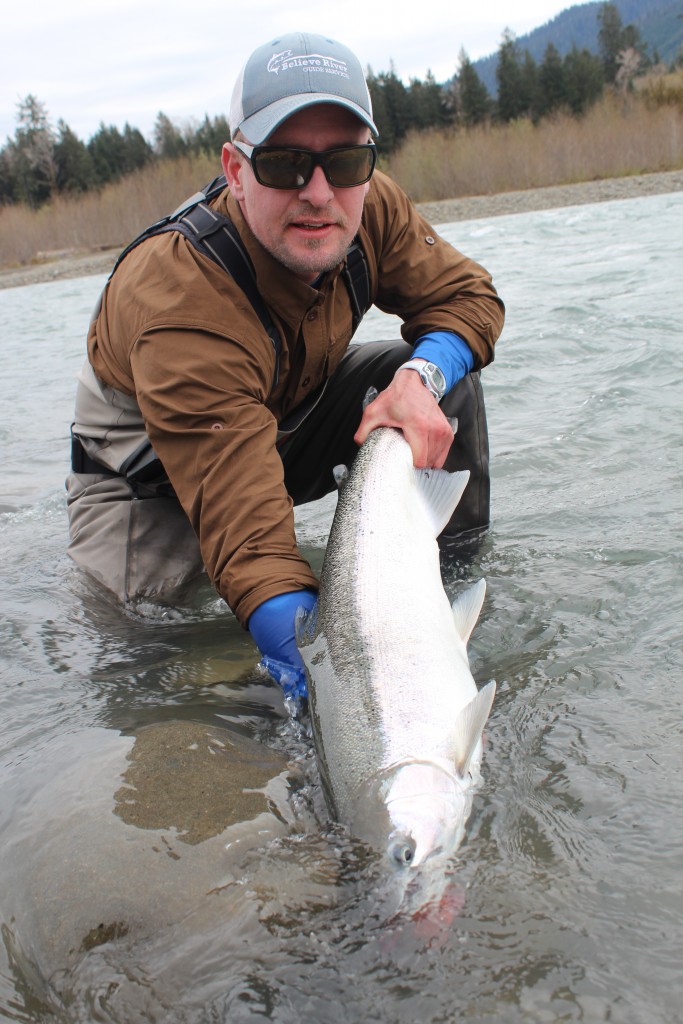
With the right fly secured it’s time to start fishing but you have been swinging all morning and feel the mid morning fatigue. Do you work the run half exhausted just pushing through trying to find that fish or hit a quick refresh? I think being as relaxed and comfortable as possible makes a big difference. Grab a peanut butter and honey sandwich, drink a half cup of warm coffee, take a leak, relax for a moment then confidently work through the run.
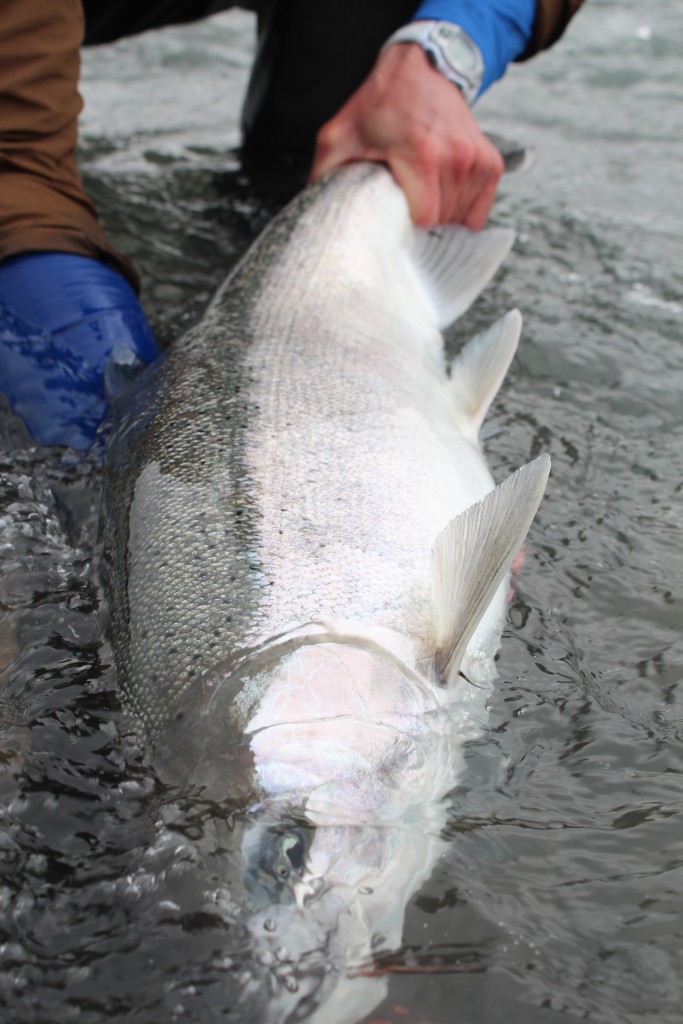
Now that you’re comfortable it’s time to get back out there. Stepping into the water you notice everything is changing. It’s late season winter steelhead fishing and the days are growing longer and warmer. The trees are speckled in newly emerging leaves and the sun pops in and out of the clouds warming your skin with its gentle rays.
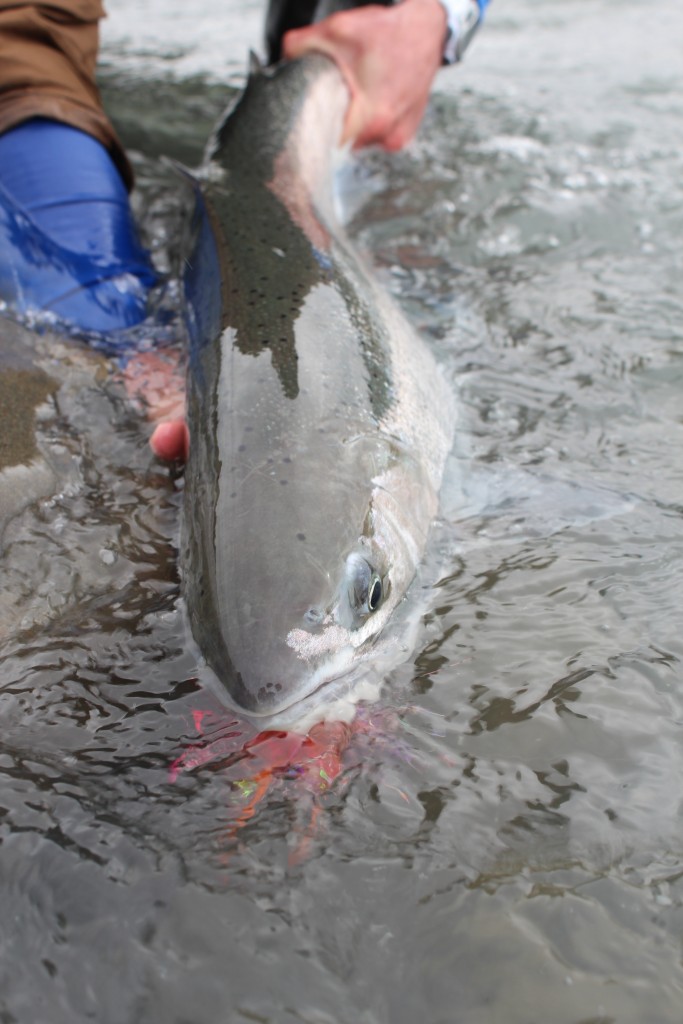
During this time of the season, I find myself switching between dark and bright flies on these partly cloudy and somewhat sunny days. With more light, I put on a brighter fly and with less light, I go darker. Different fishermen have different theories on fly color depending on water visibility and overhead conditions. I like to fish darker flies on darker days with lower visibility and brighter flies the rest of the time.
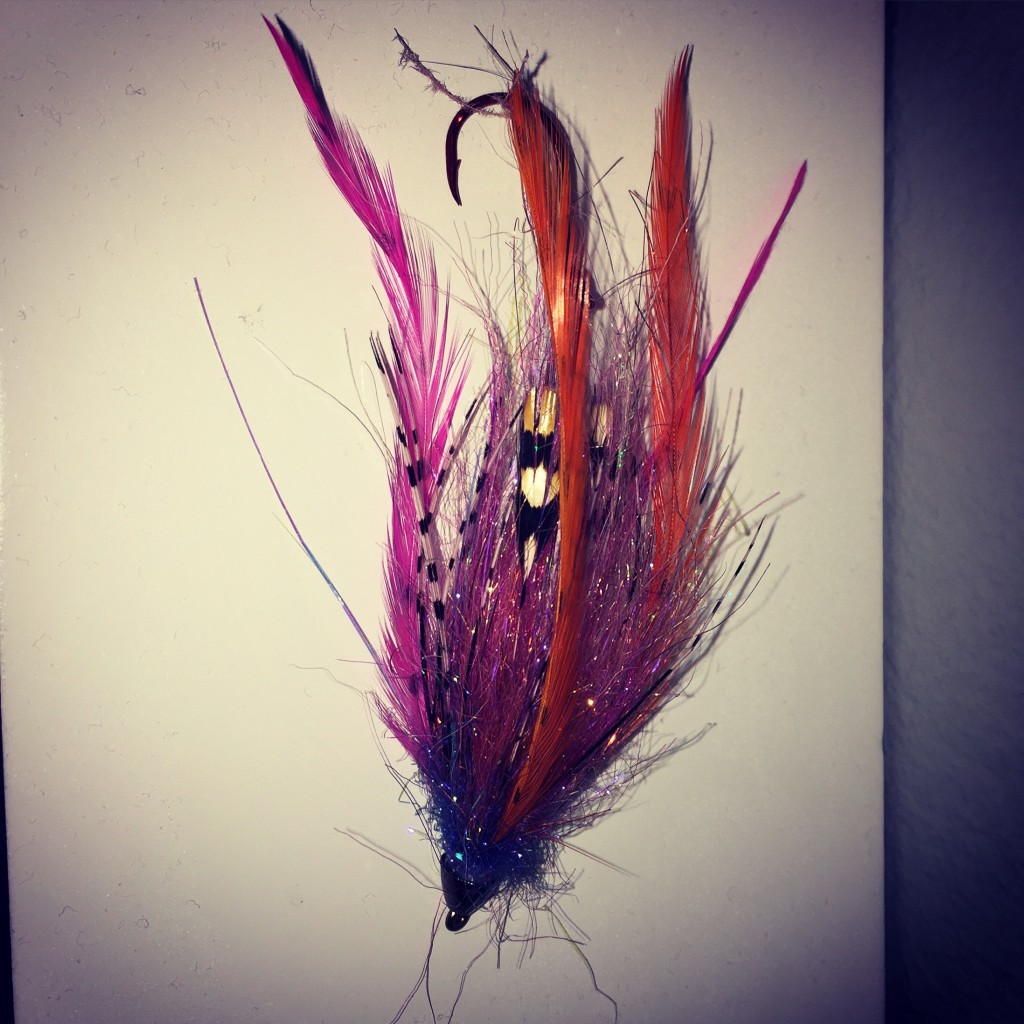
On this particular day my, brother and I were both working through a run together and we picked drastically different colored flies. He chose a darker intruder and I put on a brighter pattern with lots of flash. We had about 20 inches of water visibility and broken skies just after lunchtime. We swung through a beautiful bending run together. Midway through the run, my fly was hammered by a magnificent winter fish. The fight was unbelievable with cool aerial displays and big long powerful runs. I spent most of my time fighting the fish in the backing, it was awesome! Seth and I landed the fish just at the head of the next run. I thought for sure we would have to chase it through the rapids but we got off easy. One of my favorite lines from Seth came as we admired the beautiful creation. He said, “thank you so much I really needed that”! It was cool because Seth and I had been fishing for two-day strait and this was the first fish we landed, so I totally understood his excitement. I also know my brother really well and he has a deep deep love and admiration for these fish. They are so amazing and it really is a privilege to have an encounter with one.
Always Believe!
